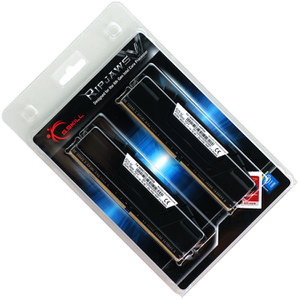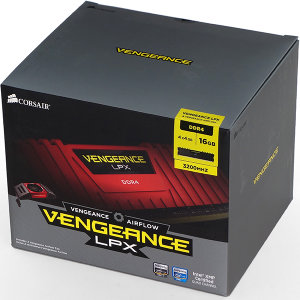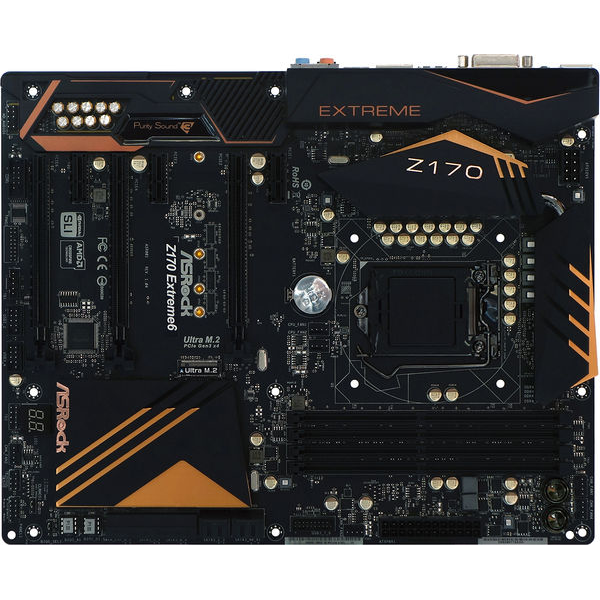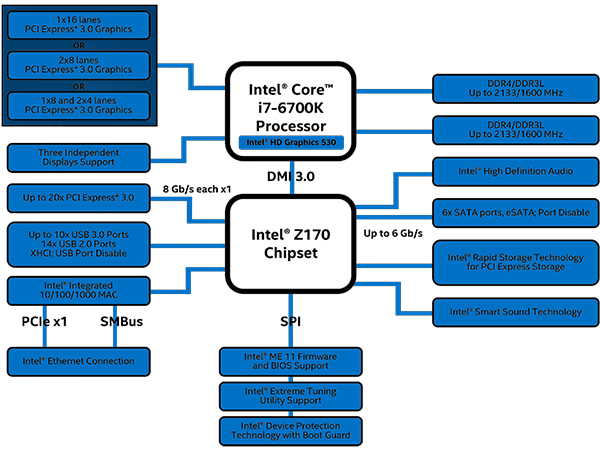Early Verdict
Some people love spending hours searching for the correct settings to get a great O/C. If you like SuperMicro, we suggest following one of those owner’s forum threads.
Pros
- +
Superb CPU stability after finding the right O/C settings
Cons
- -
Difficult to find the right O/C settings, tight 2-slot graphics card spacing
Why you can trust Tom's Hardware
Introduction
Motherboard comparisons are usually a race to the finish, with each firm trying to beat its rivals in performance, overclocking or performance and overclocking per dollar. Those are all great metrics when the hardware is there, but we were shocked when some of it wasn’t. Even though all of the big names in motherboards seemed to have production-ready samples two months ago at Computex, the reality is that most of them were far from ready as little as a week ago.
Part of that, we’re told, was due to Intel’s continuous string of minor core firmware upgrades. That’s the core onto which most companies add their customizations, including the GUIs that allow us to overclock easily (or with great difficulty, depending on that firm’s design). In the end, we received a bunch of motherboard samples over the past two weeks. But the firmware for most of them wasn’t ready until days ago. That’s a little late for trying to time a platform round-up to coincide with the CPU review.
And then there was the race for memory. Overclocking is a huge part of an enthusiast motherboard review, and better memory allows motherboard to get closer to their maximum DRAM data rate. In spite of constant improvements in memory technology, a single set chosen for the first review in a series tends to stick around until we’ve finally reached the last comparison board. This lets us compare competing platforms without going back and retesting old samples.


Dual-channel kits are easier to get “up to speed” than quad-channel, so I wasn’t surprised when various manufacturers started announcing super-high data-rates for Skylake. G.Skill was first to offer a 2x 8GB DDR4-3400 kit, followed by a 4x 4GB DDR4-3466 configuration when I countered with comments about memory multipliers, controller ratios and two-vs.-four-DIMM overclocks.
As I waited, Corsair introduced me to its own DDR4-3400 memory. As soon as I’d set up the backup plan, G.Skill let me know that it had shipped a 4x 4GB DDR4-3600 kit. Corsair said it would send a kit anyway, and its DDR4-3200 kit arrived before G.Skill’s 3600 MT/s parts. Caught between two manufacturers, I decided to use the higher-rated G.Skill parts for motherboard tests and give the tighter-timed Corsair kit its own, separate review.
Now that the hardware is up to the starting line, I could go into great detail about the platform itself. Fortunately, our CPU testers have already taken care of that. The biggest thing I’d like to mention is that even though we now have a bunch of PCIe 3.0 lanes available from the PCH, we’ve only doubled DMI bandwidth compared to the Z97. According to internal documents, a mere four lanes of full PCIe 3.0 traffic can consume the entire link between the Z170 chipset and host processor, so users shouldn’t think that there isn’t a penalty for going crazy with PCIe-based SSDs, SATA-E, RAID cards, extra graphics cards and the like. This isn’t a storage server solution, and if we think of the Z170 as little more than a four-lane to 20-lane PCIe hub with a few extra built-in controllers, we can probably keep our bandwidth use in check.
Keeping those limits in mind, here’s what the first three motherboards have to offer:
Get Tom's Hardware's best news and in-depth reviews, straight to your inbox.
Technical Specifications



Prior to sending its retail-boxed Z170 Extreme6, ASRock sent a pre-production Z170 Extreme7+, along with processors, as an overclock training board. As was the case with the memory, another vendor offered first and delivered last. I could have been tied up for days figuring out which CPU to use but, fortunately, my two Core i7-6700K samples proved nearly identical in core overclocking, DRAM overclocking, power and heat.
MORE: Best MotherboardsMORE:
How To Choose A Motherboard: A Guide For BeginnersMORE: All Motherboard Articles
MORE: Latest Motherboard NewsMORE: Motherboards in the Forums
-
Crashman Reply
Read it again :-) Notice anything about capitalization?16403363 said:You i7 is two cores? XD
(Last paragraph of first page)
-
danlw Glad to see the Extreme 6 I bought from Newegg the other day fared well. Now, about i7 6700K US availability... amazon.DE and amazon.fr both showed the 6700k for sale yesterday... why is the 6700K (and 6600k) MIA in the US?Reply -
TechyInAZ Those motherboards are cool, looks great!Reply
No ASUS boards!!!
No GIGABYTE either!?? :D -
AdviserKulikov Tom's staff,Reply
Please get rid of the arrows covering the charts.
Thanks,
-The Readers -
Calculatron ASRock scores another victory!Reply
It's a shame that Asus and Gigabyte didn't send in a competing board.
(Dare I say anything about Biostar again?)

